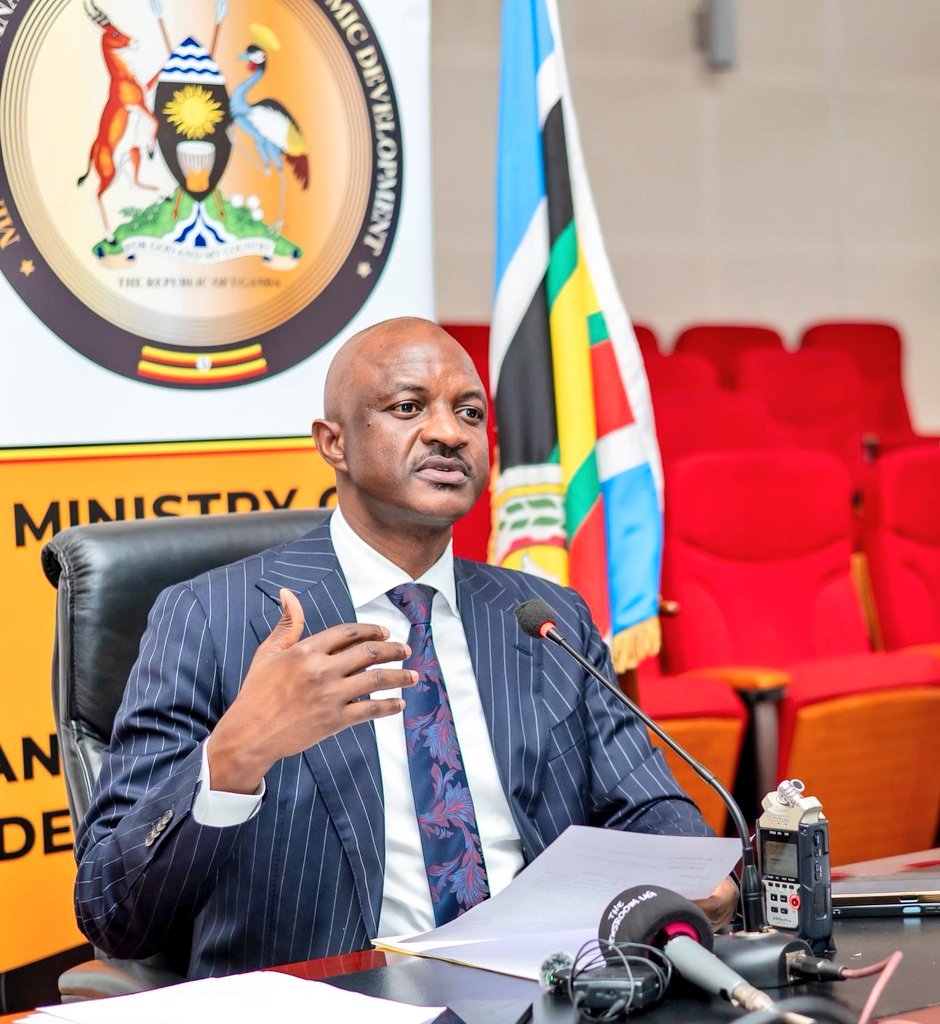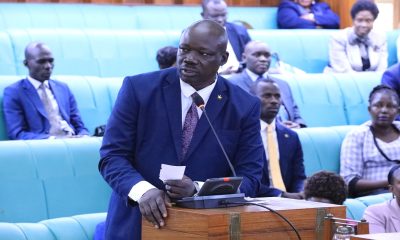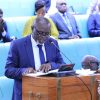Economy
PSST Ggoobi Challenges Lazy District Chairpersons
The Ministry of Finance, Planning and Economic Development (MoFPED) Permanent Secretary and Secretary to the Treasury (PSST), Dr. Ramathan Ggoobi, has criticised politicians who fail to utilise public funds dispatched to their district bank accounts within the given time. Instead, they end up blaming MoFPED.
Pointing especially to the National Resistance Movement (NRM), or Local Council Five (LCV) District Chairpersons, Ggoobi said that the criticism against the Ministry is baseless because the framework for payment to all Local Governments is submitted in the previous financial year.
He lambasted the LCVs for converting payments into foreign currency in order to get a windfall from the exchange to the dollar, urging them to stop this habit as it depreciates the shilling.
It was in a veiled response to the Wakiso District LCV Chairman, Mr. Matia Lwanga Bwanika, who complained that there is something sinister in MoFPED in the way they send the money, knowing that it has a limited time. “They only give two weeks to disburse the money instead of three months,” he said. “What is the fate of that money that is not used?” Because that money is returned to MoFPED, he inquired.
Every financial year, MoFPED releases funds for public expenditures in different categories and in phases (Quarterly releases). It is from July of the previous year to July of the next financial year. The money includes: wages, non-wages, Government development fund, servicing debts and treasury operations, external financing, local revenues and arrears. The amount for the FY 2025/’26 is UGX. 72.38 trillion.
Addressing the Press on the release of the Government expenditure for the First Quarter (Q1) of 2025/2026, Ggoobi highlighted an ambitious growth strategy to expand its economy from USD 50 billion to USD 500 billion by 2040. He termed it; ‘The Ten-fold Growth Strategy’.
It is anchored on agro-industrialisation, tourism, mineral development and science and technology innovation (ATMS). Added to this is a bolster by prudent fiscal management, improved investment efficiency, stronger governance and tackling the endemic corruption.
Highlights of Q1 amount to a release of UGX. 17.18 trillion for the categories of spending mentioned above. The ATMS that drive the ten-fold strategy are categorised as A, as agro-industrialisation, which gets UGX. 215.28 billion; T, for tourism at UGX. 20.5 billion; M for mineral industries at UGX. 26 billion; and, S for science and technology at UGX.139.13 billion.
Then there are funds appropriated to security, which are taken by the Ministry of Defence, Uganda Police Force, Uganda Prisons Service, State House, Office of the President, Internal Security Organisation and External Security Organisation, which are allocated UGX. 1.286 trillion.
Appropriation for infrastructure is at UGX. 1.464 trillion; human capital development gets UGX. 1.406 trillion, and internal revenue at UGX. 241.5 billion.
Ggoobi emphasised the implementation of the Ten-fold Growth Strategy, which means that, “Our main objective is to promote technical efficiency by ensuring that all ministries, departments, agencies and Local Governments deliver better services to Ugandans at the lowest cost.”
To this, he instructed the accounting officers to comply with all the commitments; eliminate accumulation of domestic arrears; ensure contractual payments; have no ascertained recruitment from the Ministry of Public Service; and, to convene regular finance committee meetings to be in line with the quarterly priorities.
Comments



























